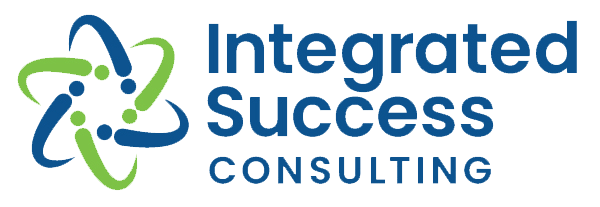3 Key Steps to Engage and Retain your Best Employees
Do you feel like your enthusiastic performers and your reliable rocks are disappearing from your organization? Are you stuck in a never-ending cycle of recruiting, onboarding, training and exit interviews? Are you spending more time refereeing conflicts than planning strategies or running the business?
It may not be just your perception. Younger people entering the workplace have some pretty different expectations and motivations than earlier generations. They can be faster to disengage and they move on quickly from a job that doesn’t fit quite right. You might be frustrated to find that the leadership tools and techniques you used effectively in the past no longer spark people’s commitment to their jobs.
Employee performance depends on engagement.
People want to spend time in workplaces that are friendly, where their contributions are valued and they get to work on things they find interesting and tied to a bigger purpose. Sadly, the opposite is often true: Gallup reported that, worldwide, most employees (87%) are not engaged at work, and 25% are actively disengaged. Think about it. On average, a quarter of your employees could be checked out, under-performing and undermining the general morale (if not worse). Workplaces with low employee engagement have much higher turnover and personnel costs and often exhibit dysfunctional or even toxic cultures that further increase stress and reduce success.
When employee engagement flourishes at work, your entire organization can rise into high performance, improved productivity and better financial outcomes, with teams of people who are excited to innovate and implement new ideas. Leaders play a big part in creating productive workplaces where people want to invest their time and talents.
Leadership self-assessment: 3 key elements for engaged employees.
You can make the shift at your workplace by focusing on a just few key points. I find that it takes asking lots of questions to get to the root of the situation you are trying to change. I like to help my clients think through these three key elements of employee engagement with some questions that tap into their core values and goals.
- People don’t want to deal with conflicts, so be clear about roles and responsibilities.
Clarity over things like who handles which tasks and where decisions get made reduces friction – whether that friction is between individuals or departments.
Assess your workplace:
- Are there systemic or structural issues in the organization that contribute to repeated conflicts? (For example, two work units could have fundamentally misaligned goals that lead to ongoing issues.)
- Are conflicts to blame from leadership actions (or inactions), such as tolerating or inadvertently incentivizing negative behaviors?
2. Set high expectations and then hold people accountable to meeting them.
Leaders need to create the right conditions for people to take responsibility for their actions. People are not motivated by fear of non-compliance, but rather by praise, coaching, and the opportunity for development. Be clear about what you want people to do, be consistent in your expectations, and be concise (and frequent) in delivering these messages.
Assess your workplace:
- What do you expect from the person (or team) in a particular position?
- How clearly have you defined what individuals are responsible for?
- What are they doing well and what can be improved?
- What will happen if they improve their performance—or don’t?
- How often do you have performance-focused coaching conversations with individuals or your team
3. Cultivate a positive workplace culture that invites everyone’s contributions.
Your workplace culture determines the norms by which your employees behave. Leaders can encourage the right conditions for a culture of success to flourish.
Assess your workplace:
- What key habits exist in your organization that can lead to great performance?
- How well is your leadership team modeling your values and expectations?
- Are you training leaders and managers to be effective at coaching employee job performance with a focus on awareness, action and accountability?
As an executive coach and consultant, I have proven tools and methodologies that can help leaders create thriving workplaces, where people are engaged – contributing their expertise, creativity and care to the common mission. If you feel like your organization is stuck in a dysfunctional culture, I invite you to contact me about how we can help you get from where you are to where you want to be.

